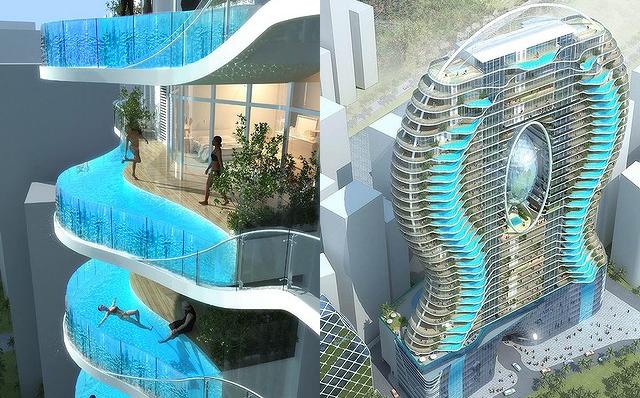Concentrated sanitation frameworks are those that gather sanitation waste and funnel it to focal treatment plants or tidal ponds for treatment. Most urban areas run sewer mains from homes and workplaces to a focal gathering line, for this reason. Just over, 50% of the United States structures are on incorporated sanitation frameworks.
There are solid motivations to consider moving far from brought together frameworks and towards on location treatment frameworks. The main reason is monetary and the second reason is ecological.
The expense of running sewer mains and of building a focal plant or tidal pond framework is amazing. The expense of working the framework, keeping up the framework, repairing the framework and inevitably supplanting the framework is likewise stunning.
The expense, as a rule, increments with every mechanical change. These expenses are passed along to the landowners, mortgage holders, entrepreneurs, ratepayers and citizens. These expenses turn into one of the inherent settled expenses of working towns and urban areas, a perpetual cost. As the territory served by incorporated treatment plants builds the frameworks inevitably achieve limit and must be extended or supplanted.
At the point when unified treatment plants and tidal ponds work legitimately, they are ecologically protected nowadays, because of expanded insurances and treatment techniques. The natural concerns progressively spin not around what happens when the framework lives up to expectations legitimately yet what happens when the framework does not work appropriately or close down totally. Flooding and framework glitches are the huge concerns.
There is no simple or snappy arrangement yet it is protected to say that the benefits of incorporated waste treatment are being reexamined as the nature of on location treatment frameworks keeps on enhancing while the expenses and dangers connected with focal frameworks keeps on posturing both cost and danger.

